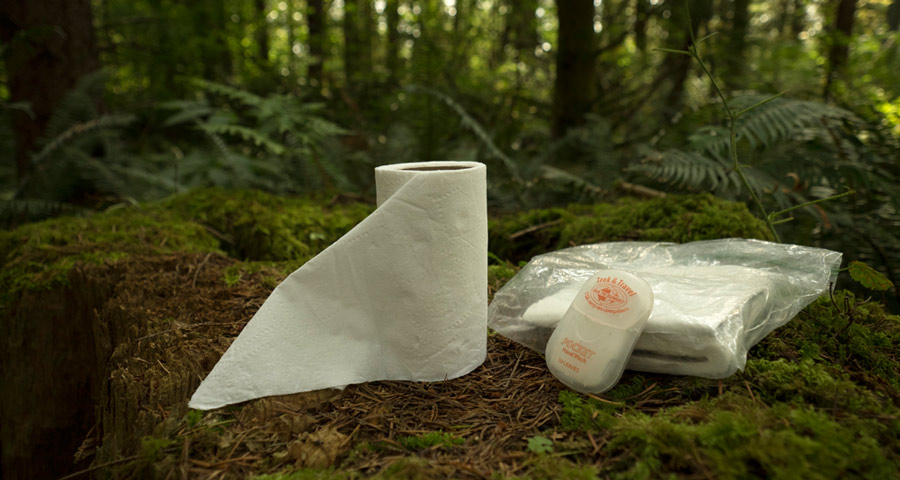Even if you enjoy spending time amongst nature, it can quickly become uncomfortable when you’re covered in dirt, sweat and a various assortment of bugs. Personal hygiene will prevent germs from doing any harm to your body when you’re in the woods, which will keep your health better for the remaining portion of your adventure and for once your back in civilization.
The Sponge Bath
The thing is, you can use a camp towel and some water to wash your pits, your feet and groin properly. These are the main areas that will begin to stink up the place on an outdoors trip, and are also areas that are particularly susceptible to many harmful microbes, or even heat rash, jungle rot, or fungal infection.
Boil your water beforehand to kill all germs, if you’re obsessed with that kind of stuff, or depending on the nature of your water supply.
If you don’t have a towel, you can use a bandanna or something similar as an improvised sponge.
If you’ll be able to do that at least twice a day for 5 minutes, then let them dry before you put your shoes back on and move on it will work wonders for mitigating potential blisters and eliminating bacteria and fungus.
Wash your socks and let them to dry near the fire overnight on a daily basis.
The Air Bath
If water is scarce, you can take an “air” bath by removing all your clothes and exposing your naked body to the sun (read germ-killing UV light) and air for at least sixty minutes.
If you don’t have soap, you can use sand or ashes instead, for cleaning yourself thoroughly, provided you have a good water source nearby. Don’t do this if you don’t have a way to rinse thoroughly because the grit will cause irritation and sores that can lead to infection, or at least discomfort.
To make “natural” soap, you’ll require some animal fat cut into small pieces then cooked in a pot for extracting the grease. You’ll have to add enough water to the pot to prevent the fat from sticking.
Remember to stir the mix frequently and cook the fat slowly until the fat is rendered. Then, the resulting grease must be poured in a separate container to harden.
The wood ashes will be put in another container that has a spout near the bottom. Then, as you pour water over the ashes, you’ll collect the liquid dripping from the spout in another container.
That stuff is called lye or potash. Another method for collecting the lye is to pour the combo of ash and water through a filter made from a piece of cloth.
Let the ash settle then skim the lye off the top and follow the directions below. Be careful because lye is caustic.
In the next step, mix 2 parts grease with 1 part lye and place the combo over a fire. Allow it to boil slowly until it thickens. After the (now liquid soap) cools, you pour it into a pan and allow it to harden, then cut it into soap bars.
You can now use a cloth and soapy water to wash your armpits, feet, and crotch daily now, not to mention being capable of washing your hands after going to the “bathroom” in the woods or before cooking food and all that.
Don’t Forget the Teeth!
If you don’t have a toothbrush, you can DIY a chewing stick from a 4-inch-long/1-inch-wide twig. You’ll have to chew up at one end of the twig until you separate the fibers then brush your teeth with the resulting gizmo resembling a toothbrush.
Another method is to use a clean strip of cloth wrapped around your fingers for rubbing your teeth, thus wiping away food particles.
Willow bark tea makes for an excellent mouth wash, together with salt water. You can floss your teeth using fibers or a piece of string.
Do you have any other techniques for staying clean in the wilderness? Let us know in the comments below!
Article Source: Survivopedia
